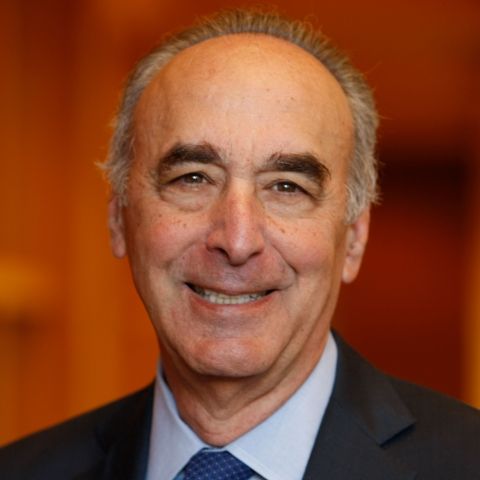
Cleaning up the Environmental Liability Insurance Mess
Until recently, the connections between civil liability and insurance law went largely unexamined. In the tort law of the first year of law school-the world of liability for personal injury caused by throwing lighted squibs, of Mrs. Palsgraf and proximate cause, and of liability for injuries caused by "defective" consumer products 3-traditionally little or no attention was paid to these connections. In addition, both tort law scholarship and judicial decisions in tort cases were generally carried on without explicit concern for the insurance implications of different liability rules. That has all begun to change as tort law scholars and the courts have come to recognize that the old assumption of tort law, that where liability goes insurance is sure to follow, is not always accurate. Several of the past Monsanto Lectures have been attentive to the connections between tort law and insurance generally,7 and in his 1990 lecture Professor Epstein analyzed in detail the relationship between tort liability and automobile insurance.
In this Lecture I wish to examine and propose a solution to a problem that lies at the intersection of civil liability, insurance, and health and safety regulation, and, in doing so, I wish to scrutinize several of the assumptions that lie behind the way in which civil litigation is conducted in this country. The problem is posed by the massive and (in my view) wasteful litigation over insurance coverage of environmental cleanup liability imposed by CERCLA -the federal "Superfund" Act-and its state-by-state equivalents. CERCLA liability and the insurance litigation it has spawned are of interest not only because their economic significance has grown exponentially in the last decade. In addition, unlike common law tort liability, whose evolutionary character at least in principle permits insurance law to evolve along with it, the CERCLA liability regime was adopted on a single day and led almost immediately to the need for a developed body of law governing insurance coverage of that liability; yet, this body of cleanup coverage law did not exist. For this reason, examining how the enactment of CERCLA has engendered massive litigation over coverage of cleanup liability may help us to understand more generally the ripple effects created by a new form of civil liability that emerges at a single moment, almost full-blown. In an era often characterized by rapid legal change, that understanding is likely to be valuable.